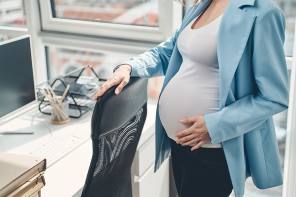From next year, SMI will be changed to a loan, meaning any benefits plus interest will have to be repaid when the claimant returns to work or when the property is sold. This will apply immediately to new and existing recipients, who will have to receive industry standard advice about the loan and agree to the terms in order to receive the help in future. A charge will be placed on the property.
For Universal Credit, there is no mortgage support where there are any earnings at all.
Personal Independence Payment: This is replacing the Disability Living Allowance (DLA) for those over 16 and is made up of two components - the daily living rate and the mobility rate. Claims are usually granted for a set period of time meaning most claimants will have to re-apply periodically.
The payments are made on the severity of ill health, with a standard and enhanced payment rate applying for both the living and mobility components. The standard daily living rate is £55.10 a week and the enhanced rate is £82.30 a week.
Meanwhile, the standard mobility element is £21.80 a week and the enhanced rate is £57.45.
Fewer people are being assessed, initially, as eligible for PIP than for DLA. In particular, many of those formerly receiving the DLA Mobility Component used this to receive a Motability scheme car. According to a report by Carers UK in June, around four in 10 individuals on moving to PIP are being assessed as no longer eligible for a car.
Bereavement Allowance: This benefit is made up of three components and has been replaced by the Bereavement Support Payment for deaths from April this year. This benefit is only available to married couples or those in civil partnerships.
The lump sum payment of £2,000 is to be increased to £2,500 for a couple with no children and £3,500 for a family. The weekly bereavement allowance is paid for the first 52 weeks but is offset against any other benefits the beneficiary receives. This was a maximum of £33.77 but is being increased to £100 from April this year.
The final element is the Widowed Parents’ Allowance. This used to be a maximum of £112.55 a week and was payable until children ceased to be dependant. It is now a flat rate of £350 a month and is not taxed or offset against other benefits. However, the term is now limited to just 18 months, regardless of the age of any children.
It is important to remember that as this benefit is not available to co-habiting couples almost half of new families will be unable to claim.











